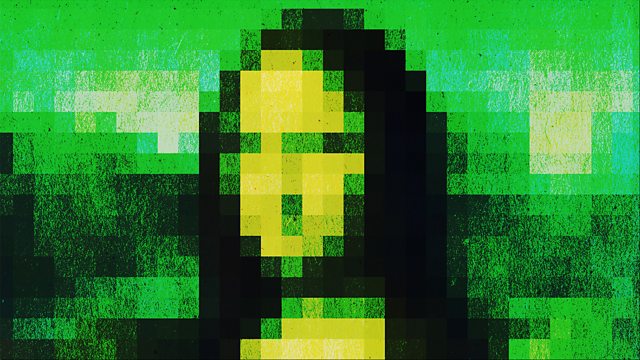Generate
In the past couple of years, text-to-art AI art generators have taken the world by storm. But when AI can produce perfect images in seconds, where can human imagination bloom?
Art has, since time immemorial, been viewed as something quintessentially human. Many utopian visions of a technological future are based on the idea that machines will automate all the mundane, monotonous tasks of life, allowing humanity to fully indulge itself in creative expression. Certainly, artists would not be made obsolete by number crunching machines.
But in the past few years, AI Art Generators, specifically Text-to-Art Generators such as MidJourney and Dall-E, have taken the world by storm. Users simply write a prompt, and the Algorithm takes knowledge amassed from images all over the internet, to create beautiful images. A mermaid basking on the shore of Loch, on a moonlit night, in the style of Van Gogh? Done. Cubist Unicorn? Have four. With a little practice, anything you want you can get with the right text?
But what does this mean for human artists? We鈥檝e already seen push back from artists worried about their livelihoods, existential worries about human creativity and self-expression, and concerns about the moral and legal issues around masses of artwork being used without consent in order to train AI Generators.
In this episode, Aleks explores why art is so core to some people鈥檚 existence, why these Generators have such wide appeal, uncovers the story of a pioneer who grappled with the place of human and machine in art making for decades, and finds out why wonky AI may offer the most opportunity for human imagination to bloom.
Last on
CATHERINE GRAFFAM

Catherine Graffam artist, educator, and youtuber based in Portland, Maine. As well as a portrait artist, she has worked on video games, and commentated on NFTs as well as AI Art Generators.
She talks to us about the importance of art to humans, how it can not only be an act of self expression but also allows us to work through the complexities of life, and explains some of the trouble issues for traditional artists when they find their work has been used to teach AI learning Generators.
ERYK SALVAGGIO

Original photo is by Astra Brinkmann with borders extended by RunwayML, an interactive AI-based imaging tool.聽
Eryk Salvaggio is an artist and researcher exploring entanglements of artificial intelligence, agency and culture. Eryk's creative practice applies directly to research, complicating narratives around machine learning to look at automation's effects on people, society, and the natural world. His website is and his can be found on Substack. He holds an MSc. in Media and Communications from the London School of Economics and an MSc. in Applied Cybernetics from the Australian National University. He lives in Rochester, New York.聽
He talks to us about his AI based projects, and where humans can find space for their imaginations to bloom within the new spaces opened up by AI Art Generation.
ANGUS RUSSELL

Angus is the founder and CEO of NightCafe, a popular community of AI art enthusiasts. He believes that AI art is a net-positive thing because it gives a creative outlet to people who didn't have one before. He's a software engineer by trade.
He talks to us about Nightcafe, how people have used it to create strange and wonderful things, and why being the best generator out there is not the overall goal of the site.
MOHAMMAD MAJID AL-RIFAIE

Dr. Mohammad Majid al-Rifaie is a Senior Lecturer in Artificial Intelligence at the University of Greenwich, School of Computing and Mathematical Sciences. He holds a PhD in Artificial Intelligence and Computational Swarm Intelligence from Goldsmiths, University of London. Since the start of his PhD, he has published extensively in the field, covering various applications of Swarm Intelligence, Evolutionary Computation, Machine Learning and Deep Neural Networks. He has taught in the higher education for more than a decade covering these areas and their real-world applications as well as philosophical issues on artificial intelligence and arts. His work in the area has featured multiple times in the media including the British Broadcasting Corporation (大象传媒) and the New Scientist magazine.
Over the last decade, he has published more than 80 peer-reviewed publications including book chapters, journal and conference papers on swarm intelligence as well as their applications in medical imaging, data science, philosophy and arts. In addition to speaking few human languages, he speaks around a dozen machine languages.
He speaks to us about the life and work of AI Art Pioneer Harold Cohen, and how his life tells the story of modern AI Art.
Broadcast
- Mon 20 Feb 2023 16:30大象传媒 Radio 4
Podcast
-
![]()
The Digital Human
Aleks Krotoski explores the digital world


